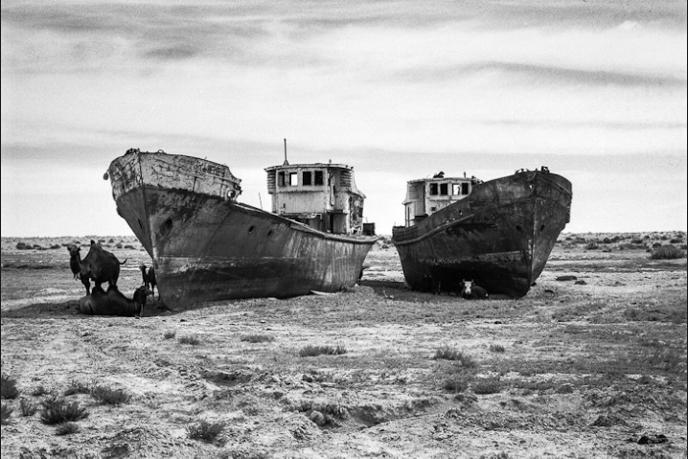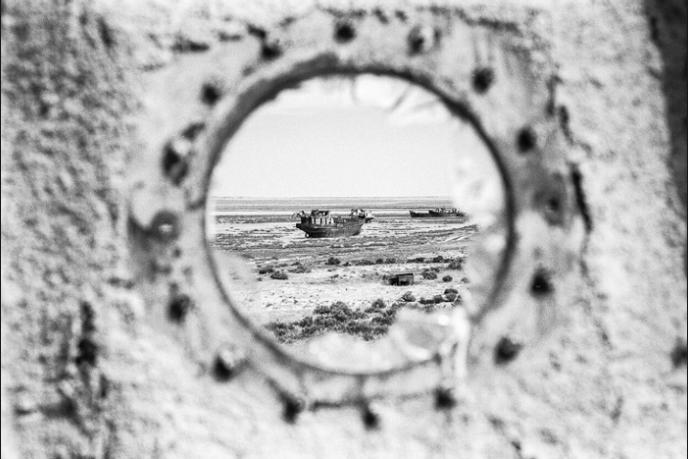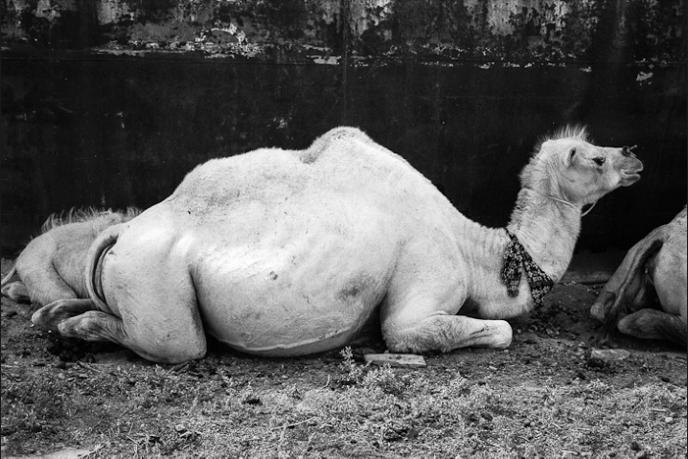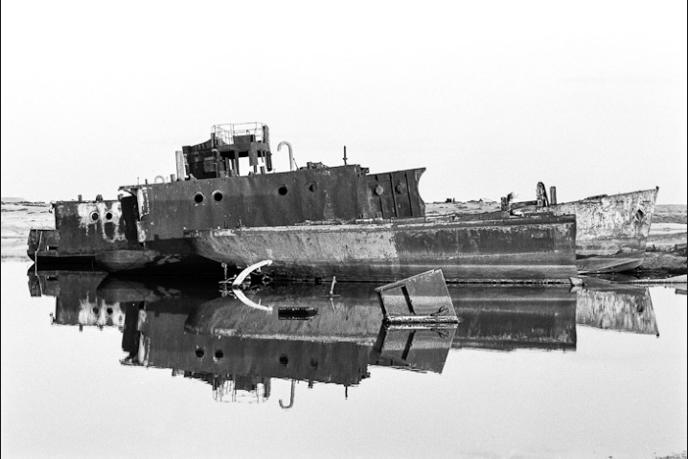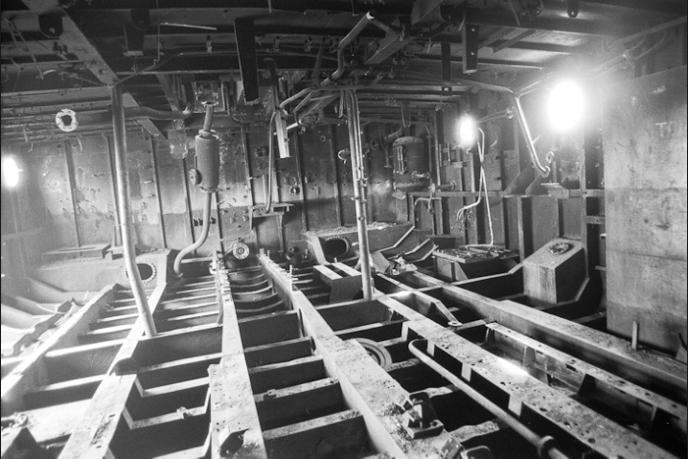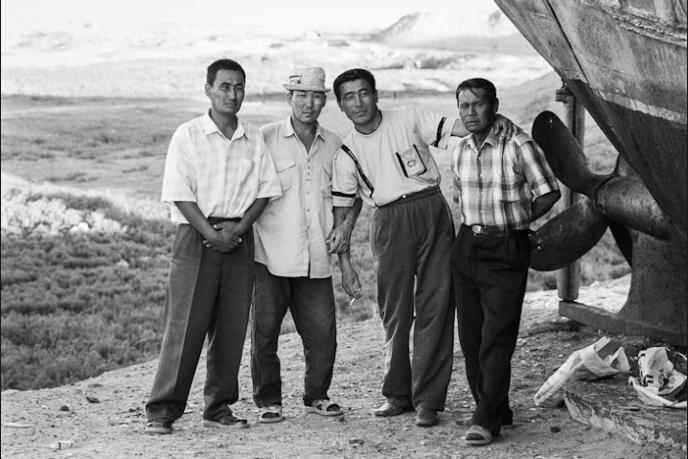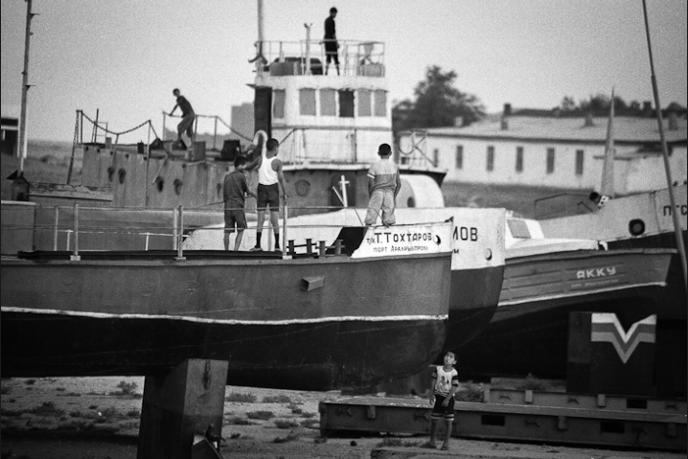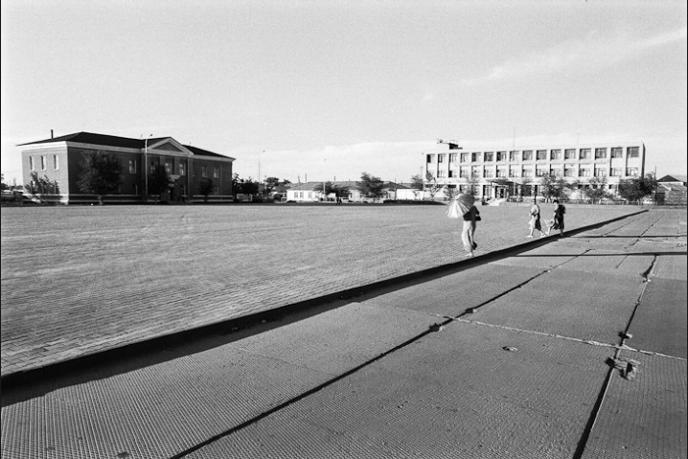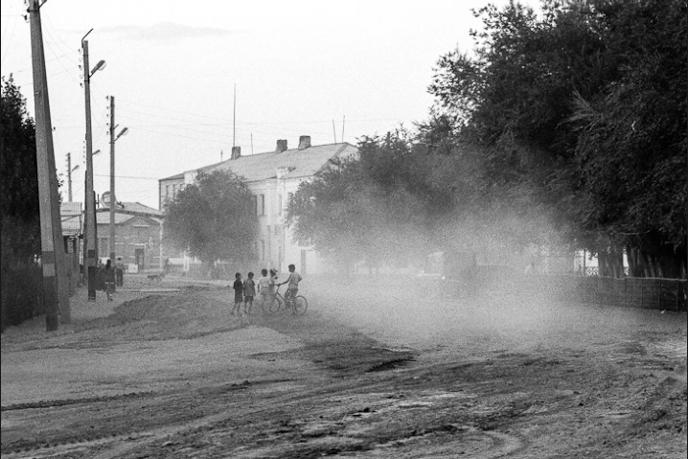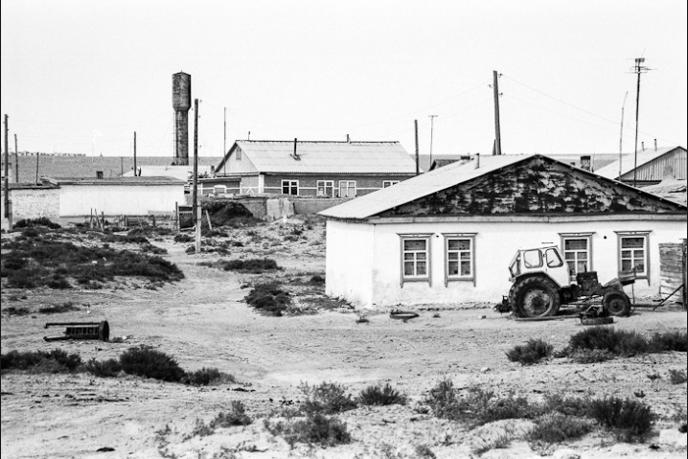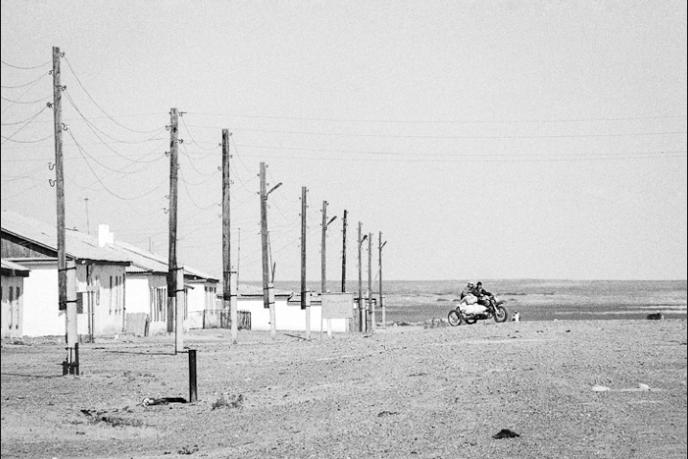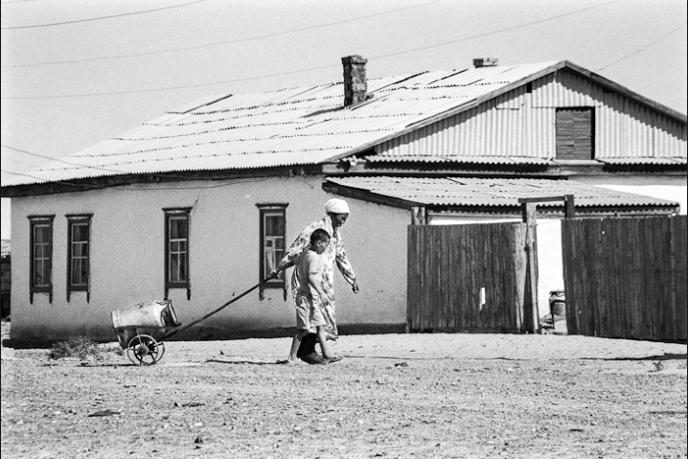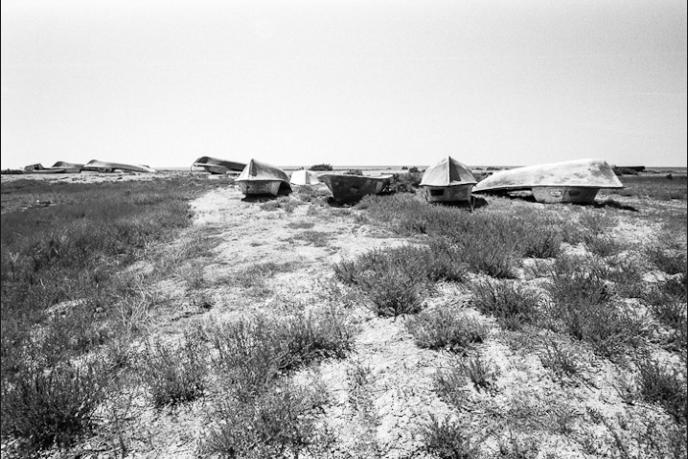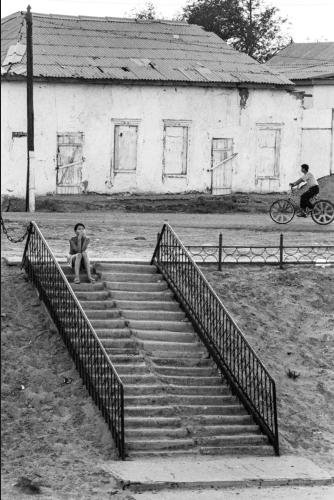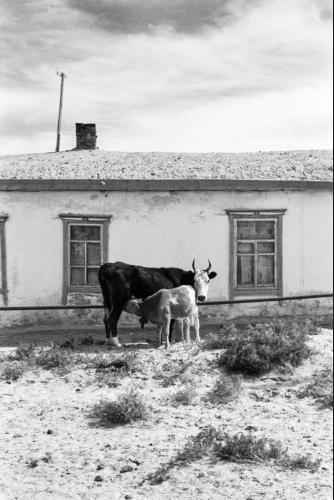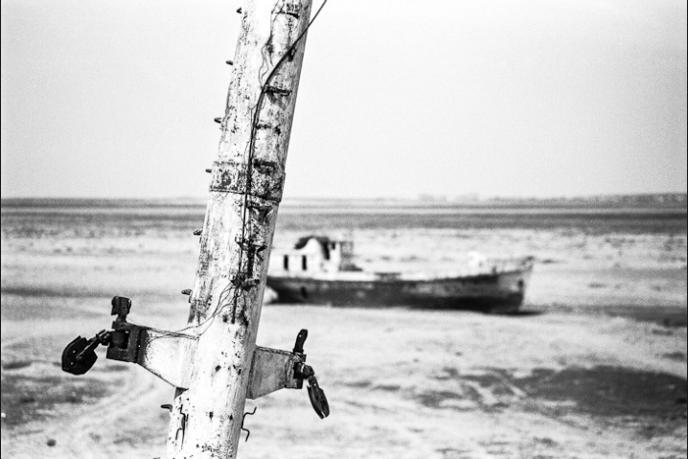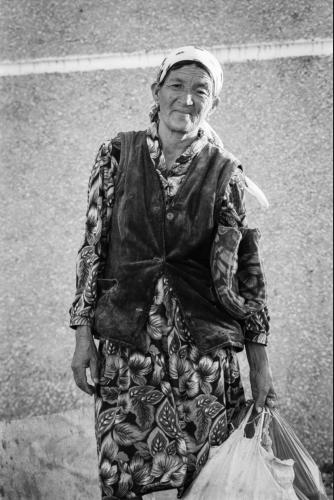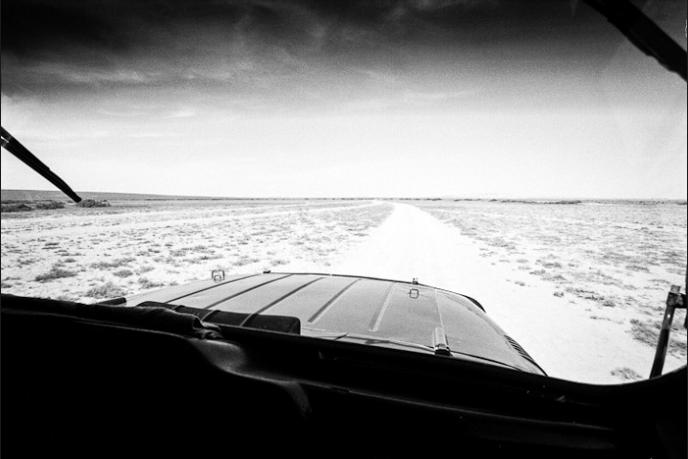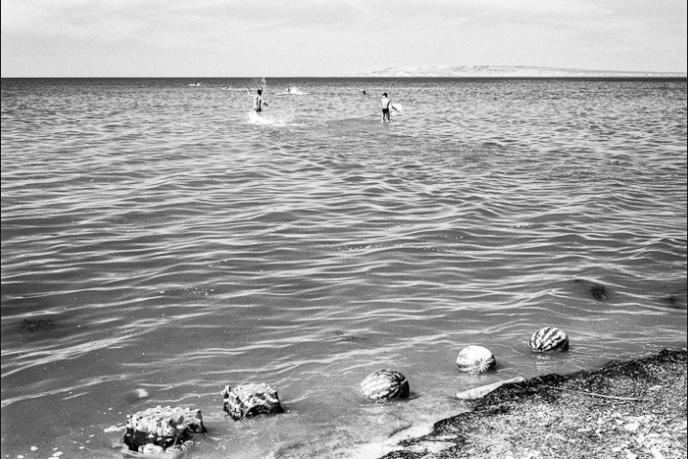








The magazine of the art-form of the photo-essay
“A free, really high quality photo-essay magazine. Fabulous!”
Stephen Fry. British actor, writer and film & documentary maker

Sept 2015 back issue

by Jacob Balzani Loov




Only the name, Aralsk, suggests to visitors that this Kazakh town was once on a sea. Today, even though the water
level of the Northern Aral Sea is rising again thanks to the recent installation of a dam, this region will remain a major
symbol of the impact that man has had on nature. A lack of water, high mortality, and unemployment severely affected
those who remained in the area after the 1960s.
When Stalin launched his, “Great Plan for the Transformation of Nature” in 1948, the Aral Sea was still the fourth
largest lake in the world, with an area of 68,000 square kilometres. As a consequence, irrigation systems began to be
built in Central Asia to allow for the creation of cotton, rice, melon, and cereal plantations in the otherwise arid steppe.
This trend culminated during the 60s, when the diversion of the two major rivers of Amu Darya and Sir Darya, which
were feeding the lake, caused a rapid reduction in the water levels of the lakes over the following 50 years. Having
lost more than 90% of its original water, the Aral Sea was divided into several smaller lakes during the late 80s.
Although the Great Plan effectively permitted cultivation in the steppe, its effect was disastrous on the two cities and
the many villages that were living off those lakes’ fishing industries. The progressive decline in the water level led to
increased salinization of the water, which quickly killed most of the aquatic life. The fishing industry, which once
provided 40,000 tons of fish per year, disappeared. The exposed seabed sand, which had been polluted by pesticides
from decades of agricultural run-off, was lifted by the wind and transported into the towns, causing the highest infant
mortality rate (75 in 1,000) in the Soviet Union. In addition, the deposition of the salt contained in the seabed made it
unsuitable to farm large parts of the surrounding land.
Despite the installation of a dam that managed to increase the water level of the North Aral Sea after 2005, and which
brought the sea closer to the city of Aralsk, the situation remains dire for the greater part of what was the Aral Sea, and
it seems destined to remain a desert.
